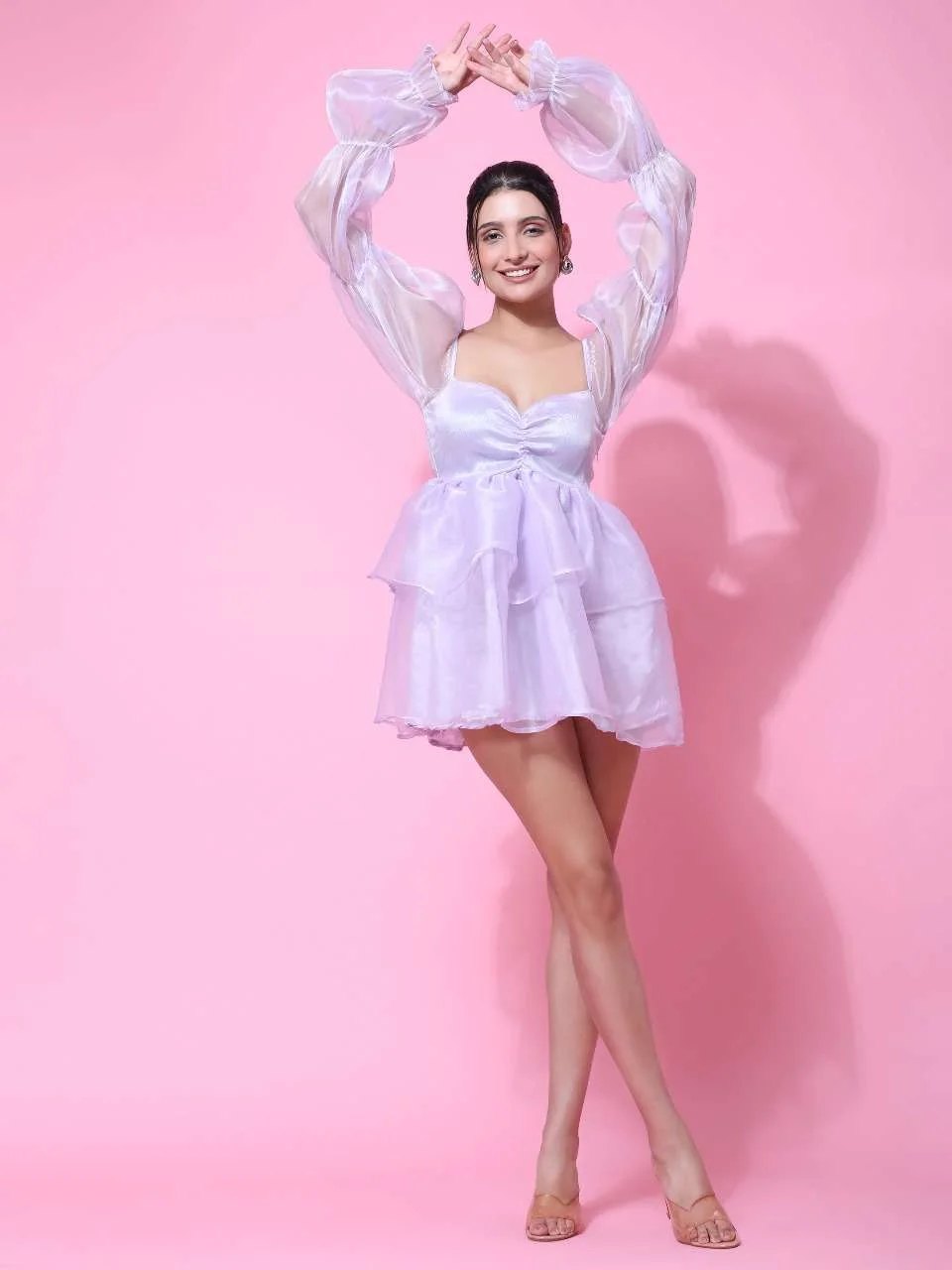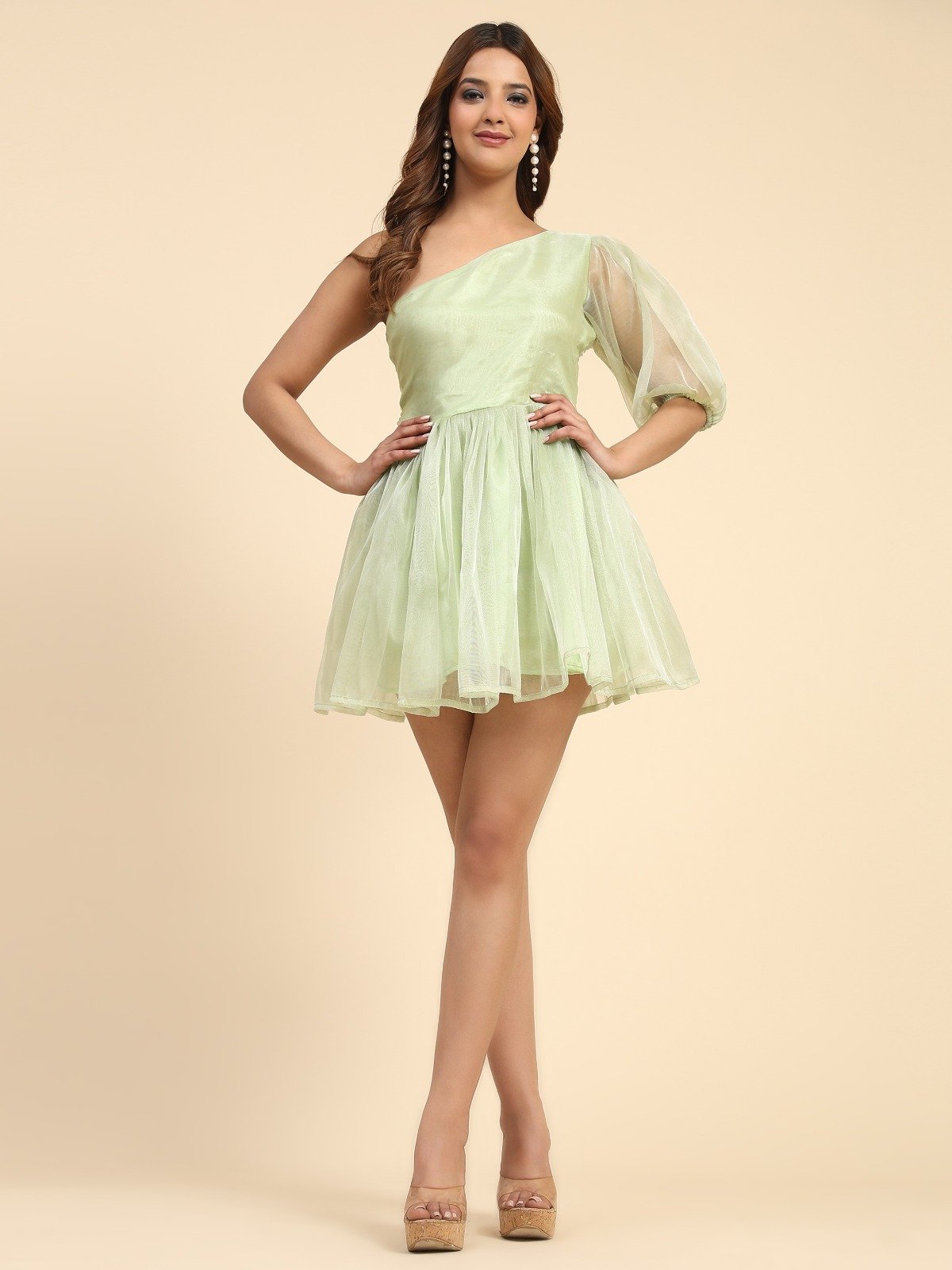Western Clothes has a captivating history, shaped by diverse cultures, historical events, and ever-evolving fashion trends. From the grandeur of Victorian dresses to the comfort of modern jeans and T-shirts, Western attire reflects fashion changes and mirrors shifts in society, technology, and economy. This essay delves into the colorful journey and cultural significance of Western clothing, tracing its evolution from ancient times to the present.
Ancient Western Clothing: Drapes and Status
In ancient civilizations like Greece and Rome, Western Clothes was more than just a covering; it was a statement. In Greece, both men and women wore draped garments made from linen or wool. These garments served practical purposes and signaled social status, gender, and occupation. Similarly, in Rome, clothing was a symbol of wealth and social standing. The toga, for instance, was a mark of Roman citizenship, worn proudly by freeborn men, while women adorned themselves with various draped garments like the stola and palla.
Medieval and Renaissance Elegance
The Middle Ages brought about significant changes in Western clothing. Influenced by the rise of Christianity and feudalism, clothing became more conservative. People wore loose-fitting garments made of wool and linen, dyed in dark, earthy colors. However, the Renaissance period marked a revival of interest in art, literature, and fashion. Clothing became more elaborate, with men donning fitted jackets and breeches, while women wore corsets, farthingales, and intricate gowns, often adorned with silk, velvet, and brocade.
The Victorian Era: Elegance and Structure
The 19th century ushered in the Victorian era, a time of profound social, cultural, and technological change. Victorian clothing was characterized by its structured silhouettes, elaborate designs, and strict dress codes. Men typically wore three-piece suits, while women donned tight-fitting bodices and voluminous skirts. The invention of the sewing machine revolutionized the fashion industry, making fashionable attire more accessible to people of all social classes.
20th Century: From Flappers to Fashion Revolutions
The 20th century witnessed dramatic changes in Western fashion, driven by technological advancements, social movements, and global events. The early 1900s saw the rise of practical and functional clothing for women, followed by the daring flapper style of the 1920s. The Great Depression of the 1930s led to simpler, more affordable designs, while the post-war period of the 1950s brought back glamour and elegance. The 1960s saw the rise of youth culture and experimentation, while the 1980s was characterized by bold colors and exaggerated silhouettes.
Contemporary Western Clothing: Diversity and Individuality
Today, Western clothing is more diverse and eclectic than ever before. Casual attire like jeans, T-shirts, and sneakers has become the norm, worn by people of all ages and backgrounds. However, there is also a growing interest in sustainable and ethical fashion, with many consumers choosing to support brands that prioritize environmental and social responsibility. Social media has played a significant role in shaping modern fashion trends, with influencers and celebrities driving consumer behavior.

Types:
Western clothing encompasses a wide range of styles, each serving different purposes and occasions. Here are some of the most common types of Western clothing:
Jeans:
Description: A type of pants made from denim fabric, typically featuring pockets and metal rivets.
Variations: Skinny jeans, bootcut jeans, straight-leg jeans, boyfriend jeans, mom jeans, high-waisted jeans.
Occasions: Casual outings, everyday wear.
T-shirts:
Description: Short-sleeved, collarless shirts typically made of cotton or a cotton blend.
Variations: Crew neck, V-neck, graphic T-shirts, plain T-shirts, long-sleeved T-shirts.
Occasions: Casual wear, everyday use.
Dresses:
Description: One-piece garments that cover the body from the shoulders to the hem.
Variations: Maxi dresses, mini dresses, A-line dresses, sheath dresses, shift dresses, wrap dresses.
Occasions: Formal events, casual outings, parties.
Skirts:
Description: Garments that cover the lower part of the body, typically from the waist to the knees or ankles.
Variations: A-line skirts, pencil skirts, maxi skirts, midi skirts, pleated skirts, skater skirts.
Occasions: Formal events, casual outings, workwear.
Shirts:
Description: Button-up or pullover garments that cover the upper body.
Variations: Dress shirts, casual shirts, flannel shirts, polo shirts, Henley shirts.
Occasions: Formal events, casual outings, workwear.
Suits:
Description: Coordinated sets of jackets and trousers made from the same fabric.
Variations: Two-piece suits, three-piece suits, single-breasted suits, double-breasted suits.
Occasions: Formal events, business meetings, professional settings.
Jackets:
Description: Outerwear garments worn over other clothing items.
Variations: Blazers, leather jackets, denim jackets, bomber jackets, puffer jackets, trench coats.
Occasions: Casual outings, formal events, outerwear for different weather conditions.
Coats:
Description: Heavy outerwear garments typically worn in cold weather.
Variations: Overcoats, pea coats, trench coats, parkas, duffle coats.
Occasions: Cold weather, formal events, everyday wear.
Sweaters and Cardigans:
Description: Knitted garments designed to keep the upper body warm.
Variations: Crewneck sweaters, V-neck sweaters, turtleneck sweaters, cardigans.
Occasions: Cold weather, layering, casual outings.
Shorts:
Description: Short trousers that do not extend past the knees.
Variations: Denim shorts, chino shorts, cargo shorts, Bermuda shorts.
Occasions: Casual outings, warm weather, sports and recreational activities.
Activewear:
Description: Clothing designed for sports, exercise, and other physical activities.
Variations: Athletic T-shirts, leggings, sports bras, sweatpants, athletic shorts.
Occasions: Exercise, sports, outdoor activities.
Swimwear:
Description: Clothing designed to be worn for swimming or other water-based activities.
Variations: Bikinis, one-piece swimsuits, boardshorts, swim trunks.
Occasions: Beach outings, swimming, pool parties.
Formal Wear:
Description: Elegant and sophisticated clothing worn for special occasions.
Variations: Evening gowns, tuxedos, cocktail dresses, formal suits.
Occasions: Weddings, galas, black-tie events, formal dinners.
Activewear:
Description: Clothing designed for sports, exercise, and other physical activities.
Variations: Athletic T-shirts, leggings, sports bras, sweatpants, athletic shorts.
Occasions: Exercise, sports, outdoor activities.
Accessories:
Description: Items that complement and enhance the overall outfit.
Variations: Belts, hats, scarves, gloves, sunglasses, handbags, jewelry, watches.
Occasions: Any occasion, depending on the accessory and its purpose.
Advantages:
Western clothing offers several advantages that have contributed to its popularity and widespread adoption around the world:
Comfortable Fabric Choices:
Western clothing is often made from comfortable and breathable fabrics such as cotton, linen, denim, and polyester blends. These fabrics allow for easy movement and are suitable for various weather conditions.
Versatility:
Western clothing comes in a wide range of styles, making it suitable for different occasions and settings. From casual wear like jeans and T-shirts to formal attire like suits and dresses, Western clothing offers options for every situation.
Durability and Longevity:
Many Western clothing items are designed to be durable and long-lasting, making them a practical investment. High-quality materials and construction techniques ensure that Western clothing can withstand regular wear and tear.
Fashion Forward:
Western fashion is known for its trend-setting designs and innovative styles. By staying ahead of the curve, Western clothing allows wearers to express their individuality and stay on top of the latest fashion trends.
Wide Availability:
Western clothing is readily available in stores and online, making it easily accessible to people around the world. Whether you’re shopping at a local boutique or browsing an online retailer, Western clothing is always within reach.
Cultural Influence:
Western clothing has a global influence and is worn by people from different cultural backgrounds. Its popularity is not limited to Western countries, as people around the world appreciate the comfort, style, and versatility of Western clothing.
Functional Design:
Western Clothes is designed with functionality in mind, offering features such as pockets, zippers, and adjustable straps for added convenience. Whether you’re running errands or attending a formal event, Western clothing is designed to meet your needs.
Self-Expression:
Western Clothes allows individuals to express their personal style and creativity. With a wide range of colors, patterns, and designs to choose from, wearers can create unique and personalized outfits that reflect their personality and preferences.
Social Acceptance:
Western Clothes is widely accepted and worn in many social and professional settings. Whether you’re at work, school, or a social gathering, Western clothing is appropriate and socially acceptable, making it a versatile choice for everyday wear.
Western Clothes has a global appeal and is worn by people of all ages, genders, and backgrounds. Its universal popularity speaks to its comfort, style, and versatility, making it a go-to choice for millions of people around the world.
Conclusion
In conclusion, Western Clothes has a fascinating history that reflects the cultural, social, and economic changes of the past centuries. From the draped garments of ancient Greece to the casual jeans and T-shirts of today, Western fashion has evolved in response to changing tastes, technologies, and lifestyles. While the styles and trends may change, the significance of clothing as a form of self-expression and cultural identity remains constant. What we wear not only reflects who we are but also tells the story of the world we live in.

